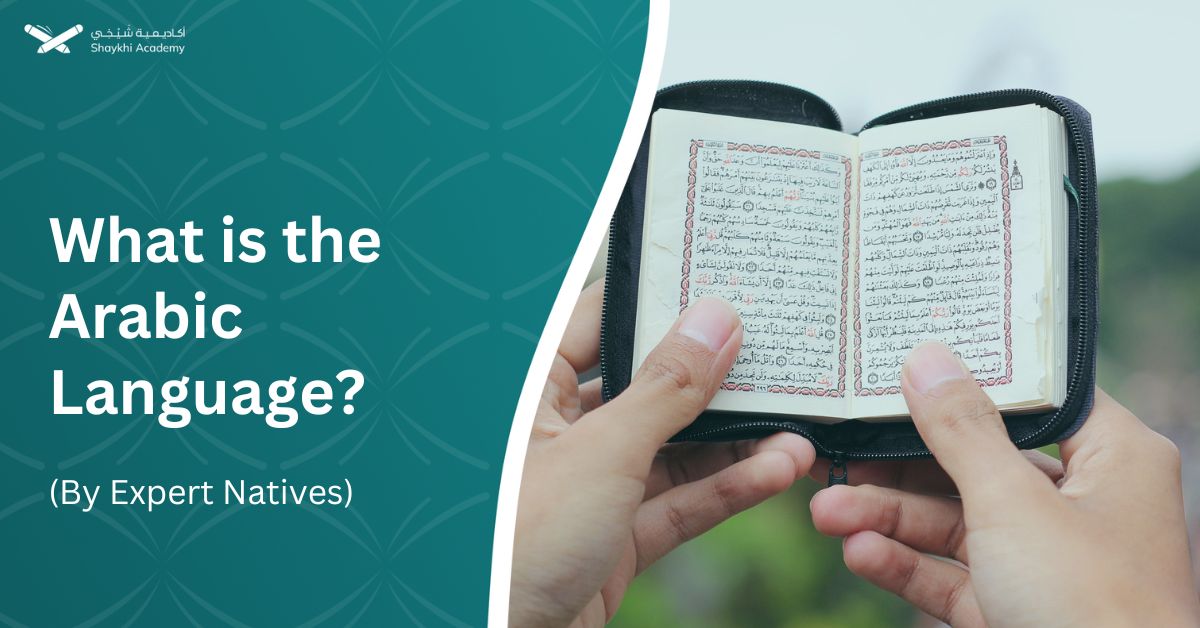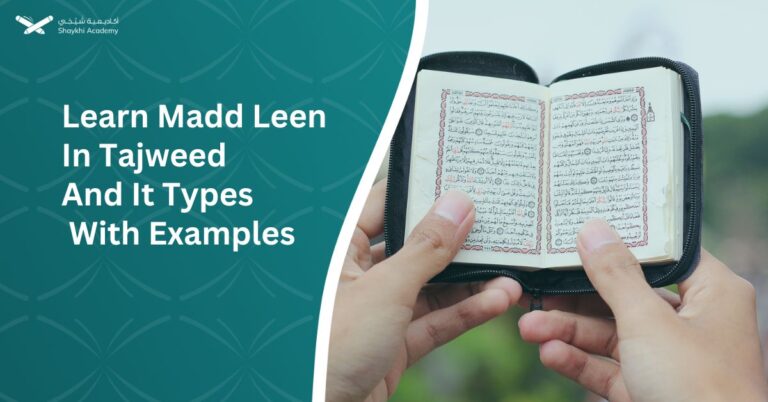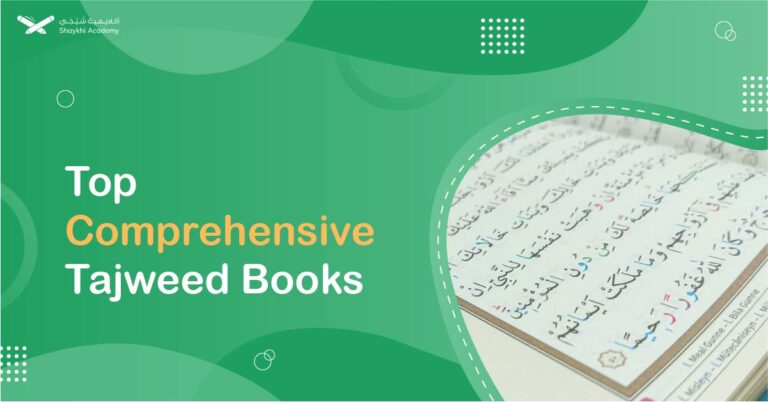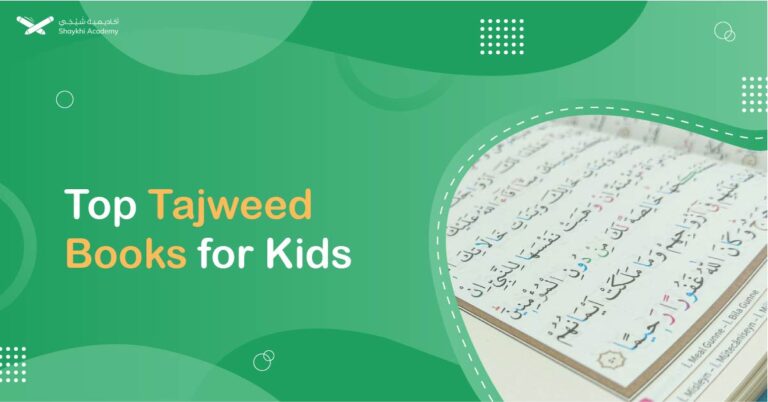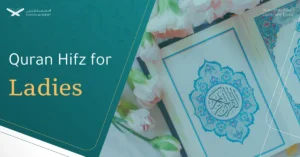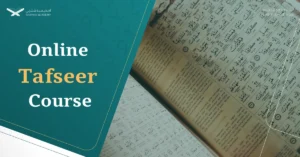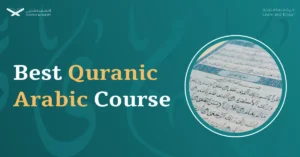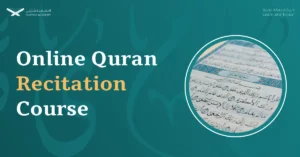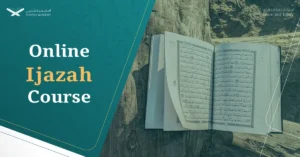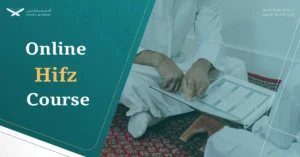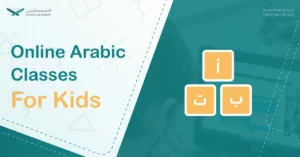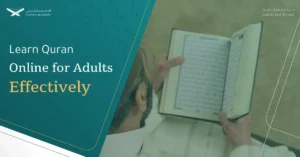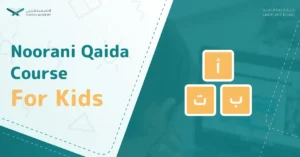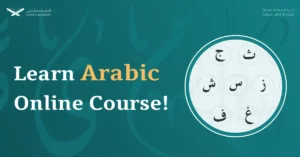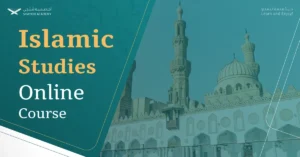The nobility of the Arabic language lies in its profound historical and cultural significance, making it a linguistic treasure with enduring importance. As the language of the Quran, the holy book of Islam, Arabic is revered for its role in conveying the divine message. Its eloquence and precision have been a source of inspiration for poets, scholars, and intellectuals throughout the centuries.
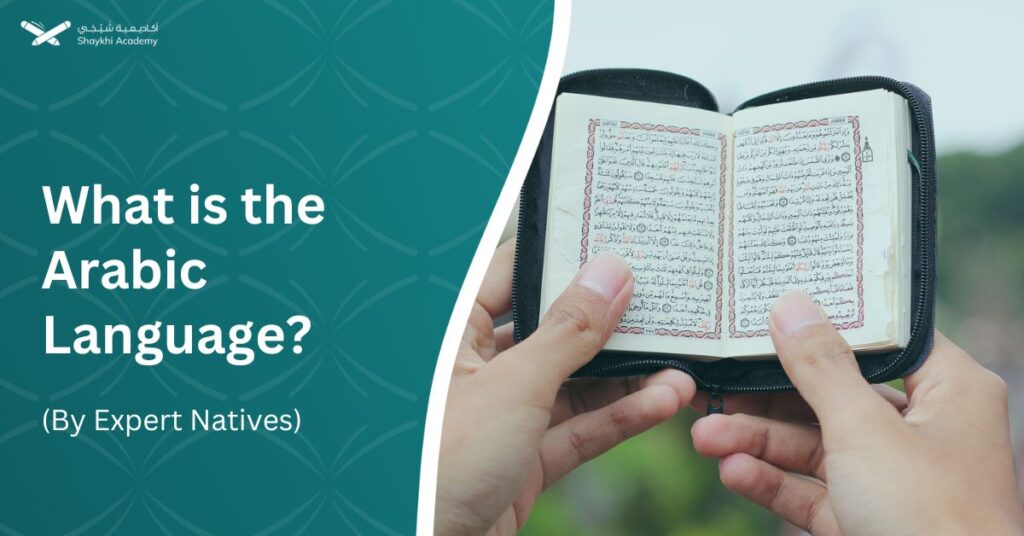
What is the Arabic Language?
Arabic is a Semitic language primarily spoken in the Arab world, which encompasses 22 countries across the Middle East and North Africa. It is one of the oldest continuously spoken languages in the world and is the liturgical language of Islam. Arabic is characterized by its rich history, diverse dialects, and unique script, which is written from right to left. It has influenced many other languages, particularly in areas where Islam has spread, and is an official language of the United Nations.
One of the most notable features of Arabic is its complex morphology and grammar. It is a highly inflected language, with a system of root-based morphology where words are formed by adding prefixes, suffixes, and infixes to a root consisting of three or four consonants. This root system allows for the creation of a vast vocabulary from a relatively small number of roots.
Arabic script, known as the Arabic alphabet, is written from right to left and consists of 28 letters. It is an abjad script, meaning that it only represents consonants, with vowel sounds indicated by diacritical marks. This script is used not only for Arabic but also for other languages such as Persian, Urdu, and Kurdish, albeit with additional letters or modifications to accommodate different phonetic sounds.
Arabic dialects vary significantly across regions, with each having its own unique vocabulary, pronunciation, and grammatical features. Modern Standard Arabic (MSA) serves as a standardized form of the language used in formal settings, education, media, and official documents, while regional dialects are used in everyday communication.
Read an indepth discussion on How Long Does It Take To Learn Arabic?
How Many Words Are in the Arabic Language?
The Arabic language is renowned for its rich linguistic heritage, and its vocabulary is expansive, reflecting the diverse cultural and historical influences that have shaped the Arab world.
While it is challenging to pinpoint an exact number of words in the Arabic language due to its dynamic nature and continuous evolution, estimates suggest that there are approximately 12 million words.
This figure encompasses a vast lexicon that spans classical Arabic, regional dialects, and modern expressions. Arabic, with its intricate system of roots and patterns, allows for the creation of numerous words by combining these fundamental building blocks.
The language’s depth and complexity contribute to its beauty and versatility, making it a source of fascination for linguists and enthusiasts alike.
Read: Ten Most Used Sentences in Arabic.
How Old Is the Arabic Language?
The Arabic language is incredibly ancient, with roots that extend over 1,500 years. Its historical origins can be traced back to the 6th century CE when the Quran, the holy book of Islam, was revealed in Classical Arabic, which is why until this day it’s very important to join Quranic Arabic courses during your journey of learning the Quran.
This linguistic revelation played a fundamental role in shaping the language and establishing it as a medium for religious, cultural, and scientific expression.
Over time, Arabic evolved, giving rise to various regional dialects while maintaining a strong connection to its classical form. The Arabic language has endured as a testament to the rich cultural and historical tapestry of the Arab world, serving as a unifying force across diverse communities and regions.
Read: Arabic Numerals.
What is the Arabic Language Origin?
The origin of the Arabic language can be traced back to the Arabian Peninsula, where it emerged and evolved over centuries. Arabic belongs to the Semitic language family, which also includes Hebrew, Aramaic, and several ancient languages.
The language’s roots are deeply embedded in the cultural, religious, and tribal contexts of the Arab region. Arabic spread beyond the Arabian Peninsula through the Islamic Futuhat, becoming a prominent language in a vast territory that stretched from Spain to Central Asia.
The linguistic diversity of Arabic is also reflected in its various dialects, shaped by geographical, historical, and social factors. Overall, the Arabic language’s origin is intricately linked to the historical and cultural developments of the Arab world, making it a vital and enduring linguistic force.
Read Aslo: Where to learn Arabic: countries, universities, and websites.
Is Arabic a Semitic Language?
Arabic belongs to the Semitic language family, a linguistic group that encompasses a range of languages primarily spoken in the Middle East and North Africa.
Within the Semitic family, Arabic shares its origins with other notable languages such as Hebrew, Aramaic, and Akkadian. The term “Semitic” refers to the descendants of Shem, a biblical figure, and denotes the common linguistic heritage of these languages.
Therefore, when we ask, is Arabic a Semitic language?, the answer is affirmative. The Semitic languages are characterized by shared linguistic features, including a triconsonantal root system and similar grammatical structures.
In Which Language Family Is Arabic?
Arabic, as an Afro-Asiatic language, is part of a vast linguistic family that stretches across a significant portion of Africa and Western Asia. The Afro-Asiatic family is one of the world’s major language families, and it includes several branches, such as Semitic (which houses Arabic), Chadic, Cushitic, and Berber.
As a Semitic language within this family, Arabic shares its roots with other Semitic languages like Hebrew, Aramaic, and Amharic. The Afro-Asiatic languages are characterized by common linguistic features and historical connections.
Arabic’s place within this linguistic family signifies its broader connections to diverse cultures and regions, emphasizing the interconnectedness of language and the cultural landscapes it has shaped throughout its extensive history.
The Afro-Asiatic classification provides a broader context for understanding the historical and linguistic evolution of Arabic within a larger family of diverse and interconnected languages.
Which Language Is Older; Hebrew or Arabic?
Both Hebrew and Arabic are ancient languages with rich histories, and determining which one is older involves considering various factors.
In terms of written records, Hebrew has a longer documented history. Ancient Hebrew is evident in inscriptions dating back to the 10th century BCE, and it is the language of the Hebrew Bible (Old Testament), which includes texts that may have been composed as early as the 12th century BCE. On the other hand, Arabic’s oldest inscriptions date back to the 6th century CE.
However, the roots of both languages can be traced further back to the Semitic language family. While Hebrew has a longer written history, Arabic has ancient oral traditions and poetry that predate its written records.
Is Arabic a Tonal Language?
No, Arabic is not a tonal language. In tonal languages, the pitch or tone in which a word is spoken can change its meaning. Examples of tonal languages include Mandarin Chinese, Thai, and Yoruba.
In contrast, Arabic is a non-tonal language. A dive into Shaykhi Academy’s Arabic language classes will show you that the meaning of Arabic words is primarily determined by factors such as consonants, vowels, and the arrangement of these elements in the language’s grammatical structures.
The pronunciation of vowels and consonants, as well as the stress patterns in Arabic, contributes to its linguistic nuances, but it does not rely on pitch variations to convey different meanings.
What Type of Language Is Arabic?
Arabic is renowned for its diglossic nature, a linguistic phenomenon where two distinct varieties of a language coexist within a community, each serving different functions. In the case of Arabic, this diglossia is marked by the coexistence of Modern Standard Arabic (MSA) and various regional dialects.
Modern Standard Arabic, often referred to as Classical Arabic, is a standardized form used in formal written contexts such as literature, media, and official documents. It is also the language of religious texts, including the Quran. On the other hand, Arabic’s diverse regional dialects are employed in everyday spoken communication, varying across different Arab countries and communities.
This linguistic duality allows for a clear distinction between formal and informal language usage. The diglossic nature of Arabic reflects its historical, cultural, and functional versatility, demonstrating how language can adapt to different social contexts and fulfill various communicative needs within a linguistically diverse community.
15 Countries With Arabic As the Official Language:
Arabic is widely spoken across the Arab world, and is recognized as the official language in many countries; so, taking some Fusha Arabic classes before traveling to any of these countries will definitely help you break the linguistic barrier:
1- Saudi Arabia:
Arabic is the official language of Saudi Arabia, where it holds a central role in daily life, governance, and cultural expression. The language’s prominence is evident in various aspects of Saudi society, reflecting its historical and religious significance.
2- Egypt:
Arabic is the official language of Egypt, a country with a rich cultural and historical heritage. The language is integral to Egypt’s identity, playing a key role in literature, media, and official communications.
3- Iraq:
In Iraq, Arabic serves as the official language, reflecting the linguistic unity of its diverse population. Despite regional variations, Arabic plays a crucial role in government, education, and public discourse.
4- Sudan:
Sudan recognizes Arabic as its official language, reflecting the linguistic diversity within the country. Arabic is used in government institutions, education, and the media, contributing to Sudan’s cultural tapestry.
5- Yemen:
Arabic is the official language of Yemen, where it serves as a unifying force among its diverse ethnic and cultural groups. Yemen’s linguistic landscape is shaped by the prevalence of Arabic in various societal domains.
6- Syria:
Arabic holds official status in Syria, influencing the nation’s cultural, political, and educational spheres. Despite the challenges posed by the civil conflict, Arabic remains a vital component of Syria’s identity.
7- Jordan:
Arabic is the official language of Jordan, playing a central role in communication and education. The country’s commitment to its linguistic heritage is evident in its promotion of Arabic in various aspects of public life.
8- Lebanon:
In Lebanon, Arabic is an official language, coexisting with French in certain contexts. Arabic is deeply ingrained in Lebanon’s diverse society and is used in government, media, and daily communication.
9- Kuwait:
Kuwait recognizes Arabic as its official language, with a commitment to preserving the language’s integrity in official documents, education, and public discourse. Arabic is a cornerstone of Kuwaiti identity.
10- United Arab Emirates (UAE):
Arabic is the official language of the UAE, where it is integral to the nation’s cultural and administrative landscape. The UAE’s commitment to Arabic is reflected in its use in government, education, and business, alongside the global influence of English in certain domains.
11- Oman:
Arabic is the official language of Oman, where it plays a crucial role in governance, education, and daily communication. Omani Arabic, with its unique dialectical features, reflects the country’s distinct linguistic identity.
12- Qatar:
In Qatar, Arabic holds official status and is a key element of the nation’s cultural and administrative spheres. Qatar’s commitment to the Arabic language is evident in its use in government, media, and education.
13- Bahrain:
Arabic is the official language of Bahrain, where it is used in official documents, educational institutions, and everyday interactions. Bahrain’s linguistic landscape is enriched by the coexistence of Arabic with other languages in this cosmopolitan society.
14- Comoros:
Arabic is one of the official languages of Comoros, alongside French and Comorian. This linguistic diversity reflects the country’s historical and cultural connections with the Arab world.
15- Palestine:
Arabic is the official language of Palestine, emphasizing its cultural and historical ties to the Arab world. The use of Arabic is integral to Palestinian identity and is employed in various aspects of public and private life.
Read in deapth: Countries And Languages that Use the Arabic Alphabet.
Discover the beauty of the Arabic language with Shaykhi Academy’s Arabic online course!
The unique material of our Arabic classes at Shaykhi Academy is meticulously designed to cater to all learning styles, and all different levels, ensuring an engaging and effective learning experience.
With our around the hour classes, and flexible schedules, you can tailor your study plan to fit seamlessly into your busy life.
Our qualified teachers are dedicated to guiding you towards fluency, providing personalized support and feedback every step of the way. Embrace the opportunity to enhance your language skills and open doors to new cultural and professional prospects.
Join us today and embark on a rewarding journey to fluency!
The nobility of the Arabic language is not only evident in its linguistic complexities but also in its capacity to encapsulate the beauty of expression, spirituality, and cultural unity across the Arab world.
